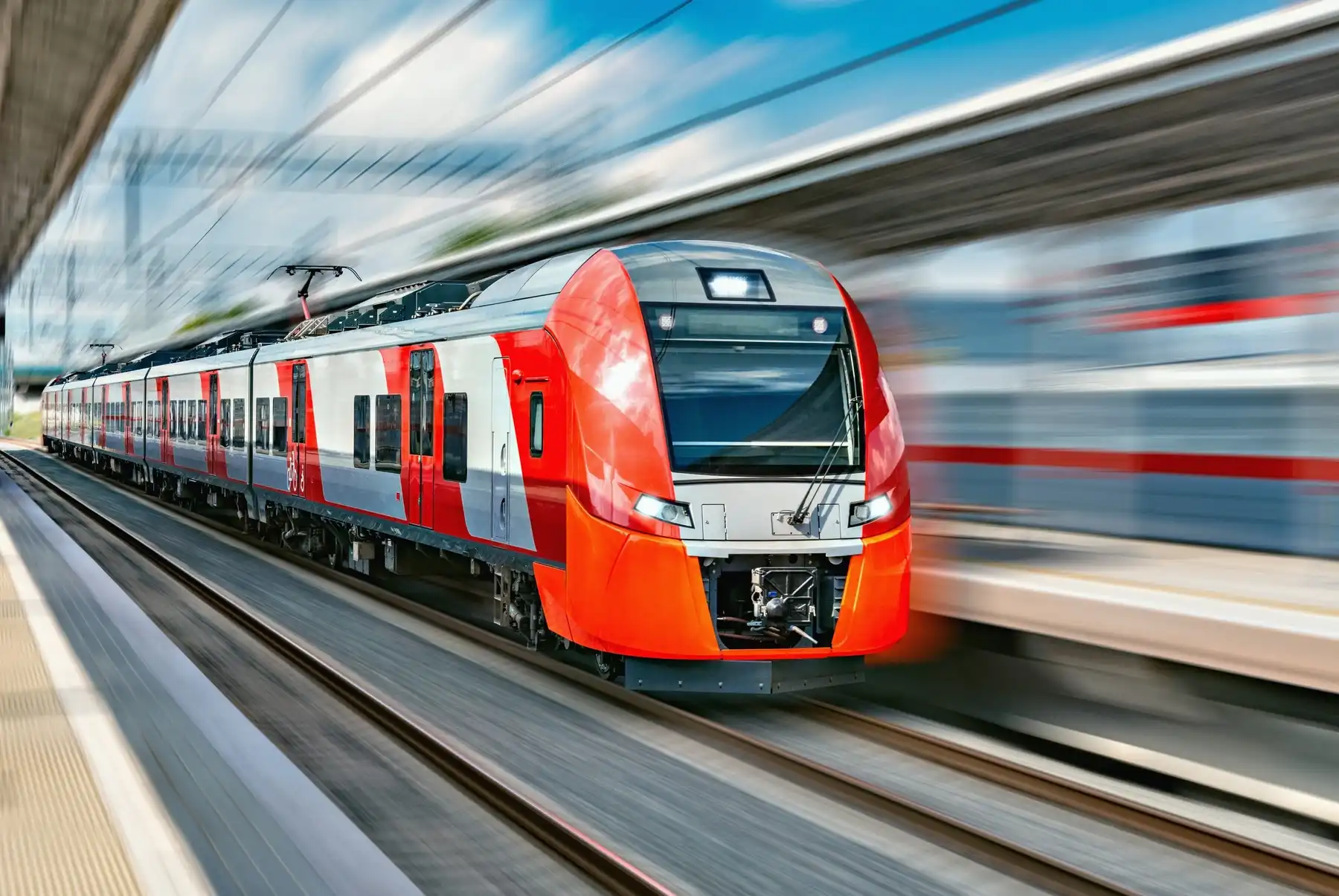Case Studies
Sparca Artis™ Sparca Aura on chip - Mobile Imaging

Visit the Qualcomm Partnership page
Problem
Today’s typical smartphone user considers the quality of the camera (smartphone photography) to be one of the key decisions when choosing a new handset. According to various studies, it ranks third behind 4G/5G and reliability as the most important feature. So, naturally, advancements in this area have seen more and more camera hardware being added to a single handset to drive market adoption. This in turn has driven the cost of the product up and, therefore, the consumer cost up or margins down.
So, how does the mid-tier market compete with this demand for better smartphone photography?
Solution
The camera, or cameras, are the most expensive component on a smartphone, so for mid-tier offerings, adding more camera hardware is only going to reduce margin in an already high volume/low margin market.
Using software to combat the need for additional cameras is clearly the answer, but the additional processing power could have a negative impact on battery performance, which is another key factor in buying decisions.
Adopting Digital Signal Processing (DSP) which can improve or is comparable to current smartphone photography – without a major hit on battery performance -would reduce product costs and increase margin whilst giving the consumer what they desire.
Conclusion
Sparca Aura bio-inspired mixed signal processing offers both high quality imaging with no loss of data or manipulation, whilst maintaining the lowest possible power consumption. Sparca Aura is now available through the Independent Software Vendor (ISV) program at Qualcomm. Available chip-sets and specifications to be announced late 2021.
Sparca Civic™ Automating Asset Management - Rail Assets

Problem
In the UK alone, there are over 20,000 miles of railway line and over 30,000 bridges and tunnels. The maintenance of the former has traditionally been a labour-intensive job, particularly since some railway assets date back to the 1800s.
Brick-lined tunnels and bridges – the most dated assets on the network – offer a unique challenge to monitor and maintain. They need specialist surveyors and, more often than not, line closures.
How could we use technology to reduce both the downtime and man hours, whilst increasing efficiencies and lowering overall costs?
Solution
Technology has already been adopted in the assessment and management of these types of assets. Lidar and point-cloud or 3D laser scans are commonly used and most recently drone assessments have been deployed to capture imagery.
All these technologies offer different data points to work from, but none currently aggregates the data. Post survey also still requires a lot of man hours to get anything meaningful to action or report.
Aggregating these data sources into a consolidated vision which can automatically assess certain degrees of severity which are objective and actionable would be a step forward in reducing costs and maximising your asset management strategy.
Conclusion
Sparca, working with a specialist surveyor, have co-developed a system and methodology that takes point-cloud data and drone imagery and translates them into both a 3D colour severity model and a 2D flattened model for closer assessment and grading. From this 2D interpretation, we are able to colour code the severity of areas, extract certain key features such as joints and spalling and then grade them based on depth. This system can be used both as a triaging system for early detection of problem areas and for more intense survey lead assessments.
USA
Sparca Corporation, Inc.
401 East Las Olas Boulevard
Suite 1400
Fort Lauderdale
FL 33301
UK
Sparca Ltd
The Old Rectory
Church Street
Weybridge
Surrey
KT13 8DE